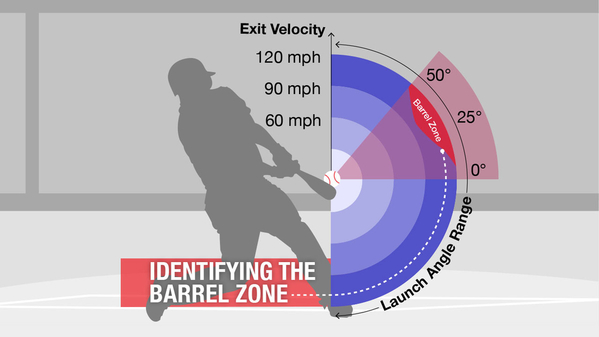Not ever having been a baseball guy, I need a little guidance.
I have a 2024 who has been taking batting lessons from the same coach for a couple years. Coach is a great guy who connects with my son. My son is a very solid hitter who takes lessons vary seriously.
The coaches has the pedigree and is well respected. His dad had a cup of coffee in the MLB. I don't think Coach follows the new trends, or does a lot of research into new methods; but teaches what he knows (which seems considerable). This is in contrast to many coaches in town who introduce all sorts of stuff to make the hitter "less comfortable"and or claim their methods are cutting edge.
Two questions?
1) How can you tell how if a kid is beginning to exceed the ability of a coach to help him?
2) Is there a newer method- whether technology based or not, that seems to be giving better results than a traditional method.
You're not a baseball guy? That's OK. I thought I was a baseball guy. Thought I understood the baseball swing, etc. Then I learned that my thinking was more 1980 than 2013. So, for the last 5 years, I have been getting educated. (Thank you, Internet!) My recommendation to you, while not a baseball guy, is to get educated on this stuff. You need to be the one to vet your son's coaches to make sure they are teaching him the right stuff.
Here's the thing with kids, dads and coaches. Kids don't ever want to hear that they are wrong, from their parents. Now, you may not be saying that, and, you may be saying you're good but could be better - but, all the kid hears is "Dad says I am wrong." So, basically, you have to pay a coach to teach your kid what you want him to learn. But, of course, first you need to learn it, to vet the coach, etc.
The bigger thing is finding a coach who connects with your kid. Now, the coach might be saying all the right things. But, if the kid doesn't buy in, then it doesn't matter. You need to find a coach who, for whatever reason, your kid will listen to him as if he was speaking gospel.
That's all hard. Literally, it took me around 3 years to get all the pieces to align. But, once it happened, it was magic.
To your 1st question, I would assume it's time when the kid has an issue that the coach cannot properly address. Say, for example, you know the kid is having a problem staying back, and, he's lunging. It's obvious. You mention it to the coach. But, the coach says "I think it's more a matter of how he's holding the bat." Clearly, in this case, he's reached the point where he can't help you anymore.
To your 2nd question, it's tricky. I know a coach who teaches NOTHING. He has you go through a series of drills. He says very little. His thought is that these drills, done over and over, will teach you the swing. I know another coach who breaks the swing down to chunks. And, when you master each piece, then you put it all together. And, I know another coach who just says keep swinging until you start to feel it.
Which is best? Maybe all? Maybe none. It depends on the kid. What works for some doesn't work for all. So, to your question, the method/technique that resonates with your son is the way you want to go.






